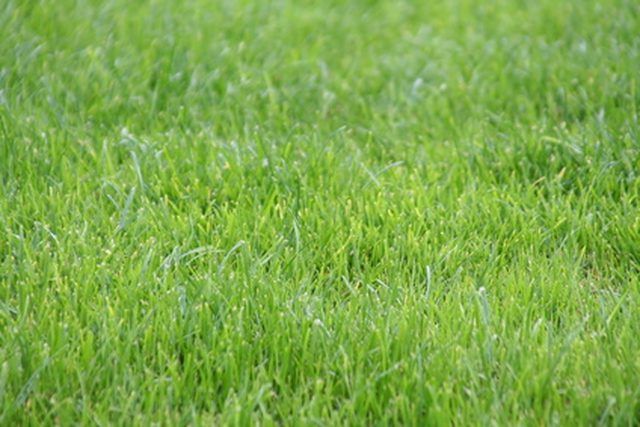Bulbs
Flower Basics
Flower Beds & Specialty Gardens
Flower Garden
Garden Furniture
Garden Gnomes
Garden Seeds
Garden Sheds
Garden Statues
Garden Tools & Supplies
Gardening Basics
Green & Organic
Groundcovers & Vines
Growing Annuals
Growing Basil
Growing Beans
Growing Berries
Growing Blueberries
Growing Cactus
Growing Corn
Growing Cotton
Growing Edibles
Growing Flowers
Growing Garlic
Growing Grapes
Growing Grass
Growing Herbs
Growing Jasmine
Growing Mint
Growing Mushrooms
Orchids
Growing Peanuts
Growing Perennials
Growing Plants
Growing Rosemary
Growing Roses
Growing Strawberries
Growing Sunflowers
Growing Thyme
Growing Tomatoes
Growing Tulips
Growing Vegetables
Herb Basics
Herb Garden
Indoor Growing
Landscaping Basics
Landscaping Patios
Landscaping Plants
Landscaping Shrubs
Landscaping Trees
Landscaping Walks & Pathways
Lawn Basics
Lawn Maintenance
Lawn Mowers
Lawn Ornaments
Lawn Planting
Lawn Tools
Outdoor Growing
Overall Landscape Planning
Pests, Weeds & Problems
Plant Basics
Rock Garden
Rose Garden
Shrubs
Soil
Specialty Gardens
Trees
Vegetable Garden
Yard Maintenance
How to Grow Grass in Mud
How to Grow Grass in Mud. Lush, green lawns are the pride of neighborhoods, but dead spots and muddy areas in the yard make the dream of a perfect lawn disappear. Grass seeds need loose, moist soil, not a sopping clump of mud. The composition of muddy compact soil is caused by heavy clay content in the soil. Growing grass seed in mud is possible...

Lush, green lawns are the pride of neighborhoods, but dead spots and muddy areas in the yard make the dream of a perfect lawn disappear. Grass seeds need loose, moist soil, not a sopping clump of mud. The composition of muddy compact soil is caused by heavy clay content in the soil. Growing grass seed in mud is possible with the right amendments added to dry the soil.
Things You'll Need
Sand
Compost
Rototiller
Landscapers rake
Nitrogen fertilizer
Phosporous
Potassium
Hand spreader or rotary drop spreader
Grass seed
Wait for the mud to dry as much as possible before you amend the soil; late in fall is considered the best time to sow grass seeds. You may need to wait several weeks before you attempt to fix the mud damage. Grass seed will not grow in sopping wet conditions, so waiting until fall will help dry out the muddy area.
Add soil amendments to the muddy area of the yard. Rototill sand and compost into the mud to break up compact clay and improve soil drainage. Use enough sand and compost to mix with 6 inches of soil.
Allow the mixed soil to dry well before preparing for the grass seed. If needed, add more sand and compost to the soil to aid in the drying process. Once the soil is dry, rake with a landscapers rake and level the yard, but do not pack the soil.
Apply one-half pound of nitrogen fertilizer to approximately 1,000 square feet of lawn. Spread into loose dry soil with a landscapers rake. Add phosphorous and potassium if a soil test indicates it is needed.
Spread the seed using a hand spreader or a rotary drop spreader, depending on the size of the area. Follow package directions for measuring, because some seed is pre-mixed with Milorganite to aid in uniform spreading.
Walk in sections as you spread the seed. Go north to south, then east to west to facilitate uniformity. Rake lightly leaving, about 10 percent of the seed above the soil.
Water the seeds lightly, because too much water can wash away the newly planted seeds. Water the grass seed twice a day, in the early morning and late in the evening, for about five to 10 minutes. If you start to see standing water let the water soak into the soil before continuing. Cut back on watering to about 15 minutes once a day when the seeds start to grow.